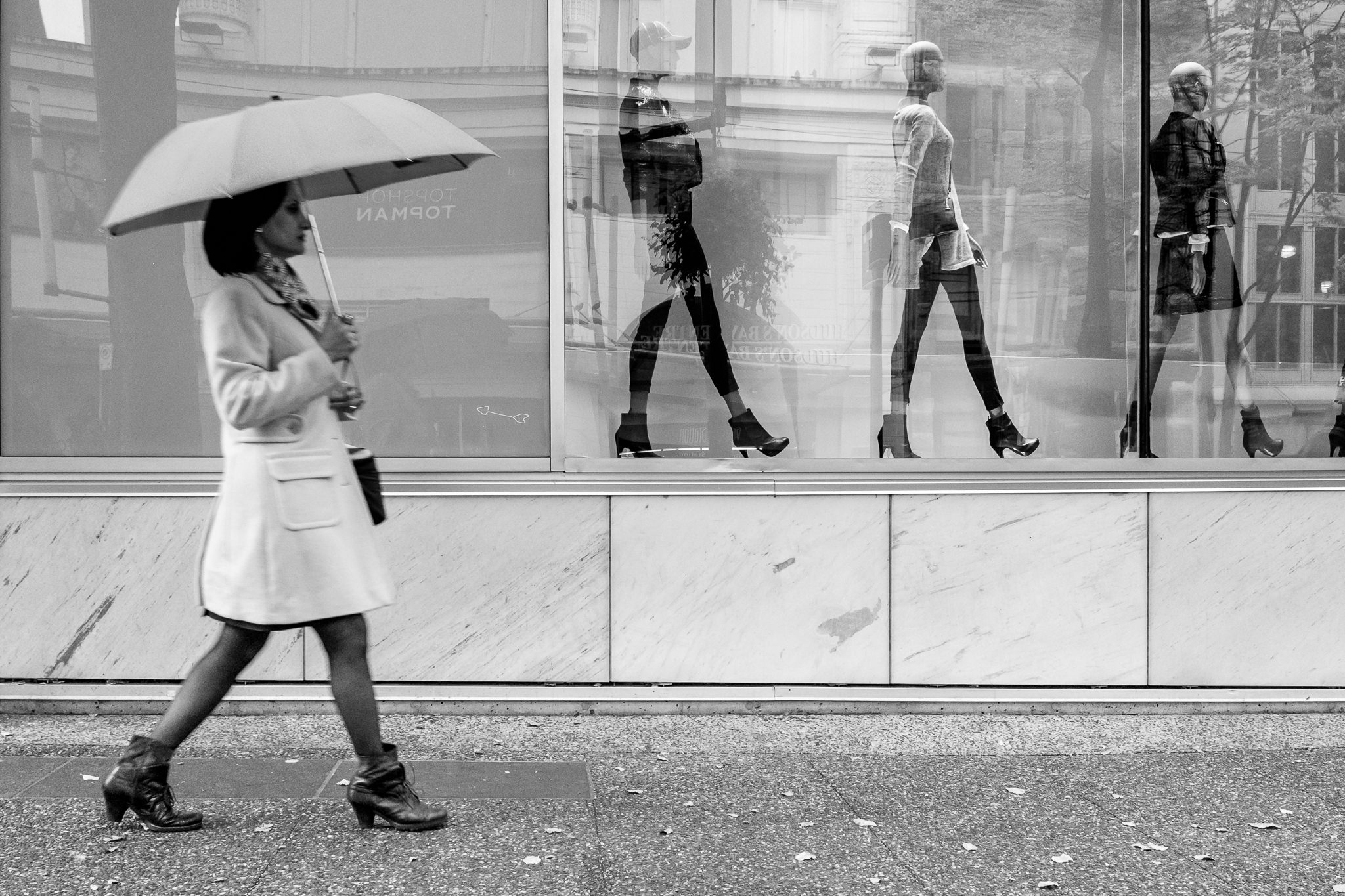Some Known Details About Framing Streets
The 10-Second Trick For Framing Streets
Table of ContentsThe 9-Second Trick For Framing StreetsExcitement About Framing StreetsThe 4-Minute Rule for Framing StreetsFraming Streets for Dummies

Both at the Gallery of Modern Art (Mo, MA). Inspired by Frank, in the 1960s Garry Winogrand, Lee Friedlander and Joel Meyerowitz started photographing on the streets of New york city. Phil Coomes, composing for BBC Information in 2013, said "For those of us curious about street photography there are a couple of names that stand apart and one of those is Garry Winogrand"; doubter Sean O'Hagan, writing in in 2014, claimed "In the 1960s and 70s, he defined road digital photography as an attitude as well as a style and it has actually laboured in his darkness since, so conclusive are his photographs of New york city." Returning to the UK in 1965 from the US where he had actually met Winogrand and taken on street digital photography, Tony Ray-Jones turned a wry eye on often surreal groups of British people on their holidays or getting involved in festivals.
Road photography is a vast category that can be specified in many methods, yet it is typically identified by the spontaneous capturing of an unrepeatable, fleeting minute, often of the daily going-ons of strangers. It is characteristically fired with wider angle lenses (e. g. 35mm) and usually includes city environments.
Framing Streets Things To Know Before You Buy
Docudrama professional photographers commonly have actually a specified, premeditated message and an intent to tape-record specific events in history (https://trello.com/u/framingstreets1). The gamut of the docudrama technique incorporates elements of journalism, art, education and learning, sociology review and history. In social examination, documentary pictures are frequently planned to provoke, or to highlight the requirement for, social modification
Road photography is normally viewed as unposed and candid, yet there are a few road photographers that interact with unfamiliar people on the roads and take their portraits. Road pictures are unplanned pictures taken of unfamiliar people while out doing street photography, nevertheless they are viewed as posed since there is interaction with the topic.
Photographing people and places in public is lawful in most countries shielding flexibility of expression and journalistic liberty. There are generally restrictions on just how photos of individuals might be made use of and most nations have details laws relating to individuals's personal privacy.
Some Of Framing Streets
The right to personal privacy is secured by Article 8 of the convention. In the context of digital photography, it stands up in arms to the Post 10 Of liberty of expression. Thus, courts will typically take into consideration the public passion in balancing the legal rights through the legal examination of proportionality. While also limiting digital photography in order to secure personal privacy legal rights, road digital photography can still be lawful in France when pursued as an art type under specific conditions.

. that simply roamed into a scene), or that are not also identifiable in the photo. https://worldcosplay.net/member/1702028. It also does not generally include individuals who are public figures (e. g - Street photography. politicians or celebs). If a picture is thought about art, the courts will certainly also think about the professional photographer's freedom of creative expression; suggesting that "artistic" street photography can still be lawfully released in particular instances
Framing Streets Fundamentals Explained
Photographing the cops and releasing the photographs is also lawful.
In Hungary, from 15 March 2014 anyone taking photographs is practically breaking the legislation if someone wanders into shot, under a new civil code that forbids taking images without the permission of every person in the photograph - 50mm street photography. This increases the law on grant include the taking of photos, along with their magazine
'Covert digital photography' (kakushidori concealed, surreptitious photography) 'taken digital photography' (nusumitori without objective of getting approval) and "rapid photography' (hayayori before authorization and rejection can be offered) are forbidden unless in the former consent is acquired from the subject promptly after taking the image. Individuals have civil liberties to their pictures (shzken, droit de picture).